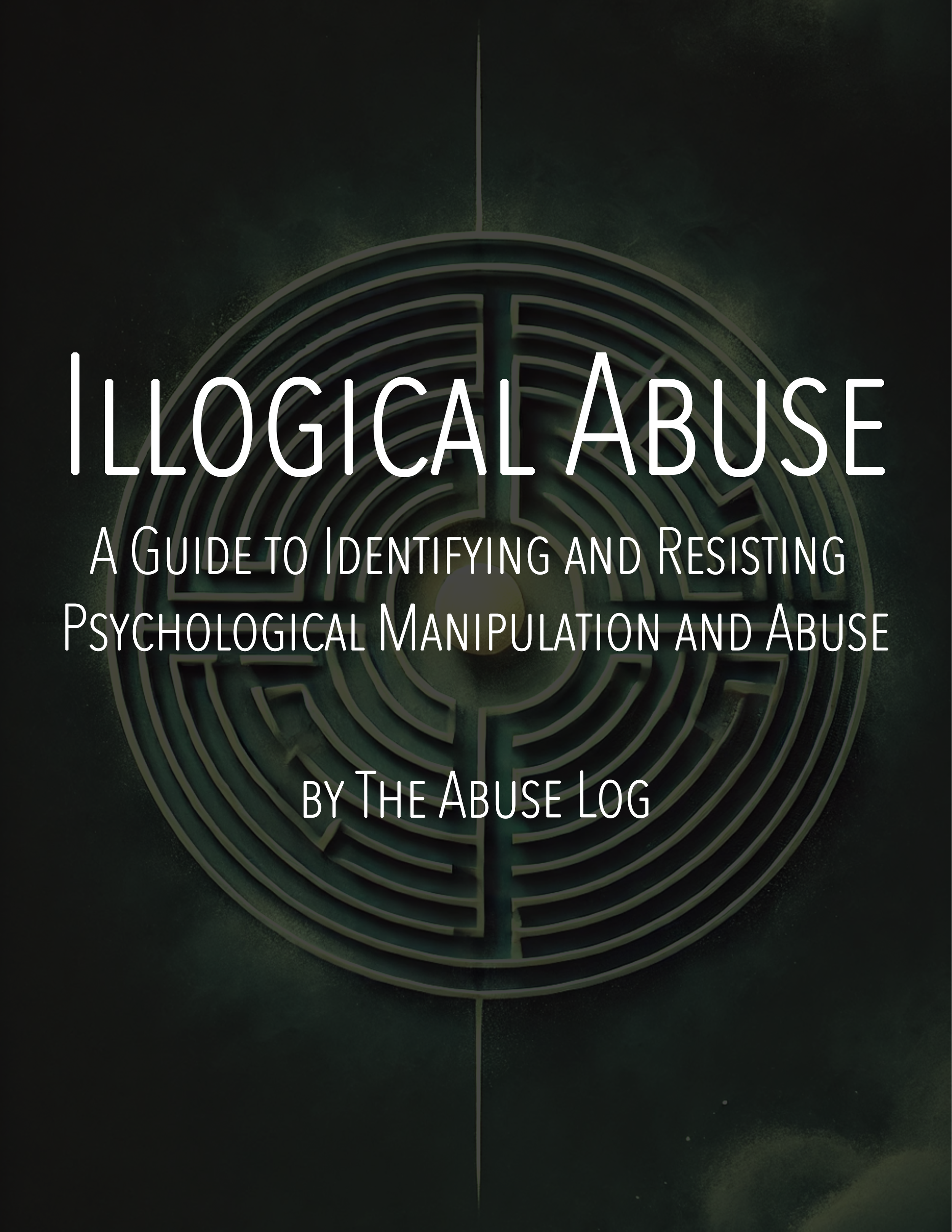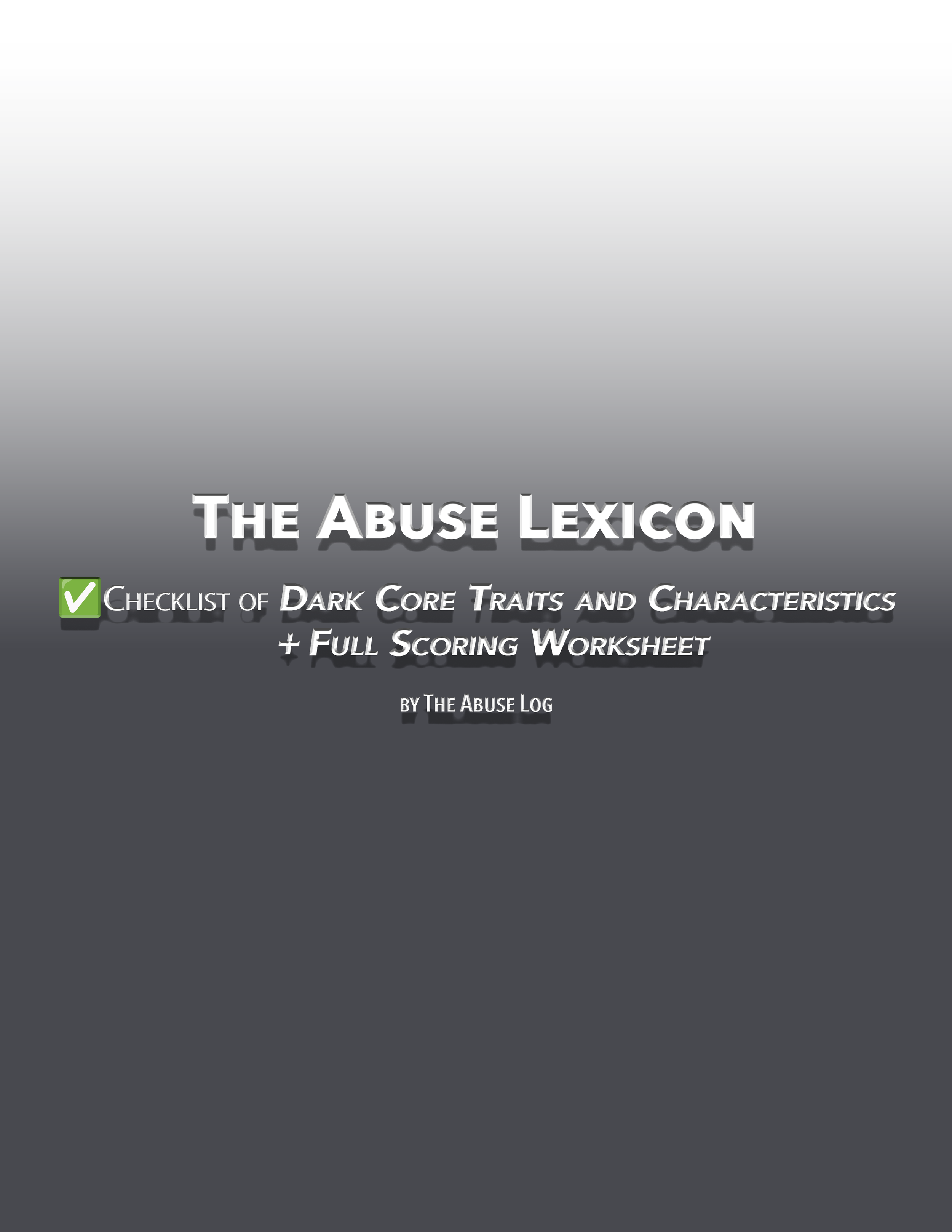What is a “Good Enough Mother”?
In an era where parenting advice floods social media feeds and self-help books line store shelves, the pressure to be a perfect parent can feel overwhelming. The belief that every need must be instantly met, every emotion perfectly soothed, and every milestone flawlessly achieved creates an impossible standard for caregivers. However, British pediatrician and psychoanalyst Donald Winnicott introduced a liberating and compassionate idea: the “good enough mother.”
This theory challenges perfectionist ideals, suggesting that parental imperfections are not only natural but essential for a child's healthy emotional development. In this article, we’ll explore the origins, key principles, and modern relevance of the good enough mother, highlighting why "good enough" might actually be the best approach to parenting.
1. The Origins of the “Good Enough Mother”
Donald Winnicott: The Man Behind the Concept
Donald Winnicott (1896–1971) was a British pediatrician and psychoanalyst who worked extensively with children and families. Through his work, he observed that many mothers felt immense guilt and anxiety about their perceived imperfections. In response, he introduced the term “good enough mother” in his 1953 publication "Transitional Objects and Transitional Phenomena."
The Core Philosophy
Winnicott’s theory revolves around the idea that:
A good enough mother starts with near-perfect attunement to her baby’s needs.
Over time, she allows small, manageable frustrations to occur.
These minor “failures” teach the child resilience, autonomy, and emotional regulation.
This balance of responsiveness and healthy imperfection provides the child with a safe emotional foundation while preparing them for the realities of an imperfect world.
Mother vs. Caregiver
While Winnicott used the term “mother” due to societal norms of his time, the concept extends to any primary caregiver—fathers, grandparents, adoptive parents, or other guardians. The essence of the theory lies in the quality of caregiving, not the gender or biological relationship of the caregiver.
2. Key Principles of the Good Enough Mother
Attunement in the Early Stages
In infancy, a good enough mother is deeply attuned to her baby’s cues—responding to cries, hunger, discomfort, and emotional needs. This period builds trust and helps the child form an internal sense of safety and security.
However, perfection is not required. Research shows that even highly attuned caregivers miss their baby’s cues about 30% of the time, but repairing those missed signals through reassurance and presence is what truly matters.
Takeaway: It’s not about being perfect but about being consistently present and responsive.
The Importance of Gradual Frustration
As the child grows, the caregiver naturally cannot (and should not) meet every single need instantly. These small disappointments—like waiting for food or not getting a desired toy—are healthy frustrations that teach resilience and self-regulation.
When managed in a loving environment, these moments become valuable lessons in emotional endurance, helping children learn that discomfort can be tolerated and overcome.
Takeaway: Letting your child experience manageable frustration fosters emotional growth.
Encouraging Autonomy
A good enough mother gradually allows her child to explore independence while maintaining a safe emotional base to return to. This balance ensures that the child feels supported while developing confidence in their own abilities.
Autonomy also involves letting the child experience failure, make small mistakes, and navigate challenges—without swooping in to fix everything immediately.
Takeaway: Healthy independence stems from knowing there’s a safety net, but not relying on it constantly.

Imperfection is Essential, Not Harmful
One of Winnicott’s most profound messages is that parental mistakes are not inherently harmful. In fact, they provide opportunities for:
Emotional repair: Showing a child how conflicts or misunderstandings can be resolved.
Reality testing: Teaching children that the world is not perfectly predictable or accommodating.
When caregivers model imperfection with grace and accountability, they teach their children valuable life skills, including resilience and problem-solving.
Takeaway: Imperfections can become powerful lessons if handled with love and honesty.
3. The Modern Relevance of the Good Enough Mother
The Perfection Trap in the Digital Age
Social media platforms have amplified the pressure to present an image of flawless parenting. Curated photos, milestone celebrations, and parenting “hacks” often create unrealistic expectations. Parents are bombarded with messages implying that anything less than perfection is failure.
Winnicott’s theory serves as a reminder that imperfection is not only acceptable but beneficial. Children don’t need perfect parents—they need real ones.
Modern Adaptation Tip: Step away from comparison traps. Focus on connection rather than performance.
Emotional Well-being of Parents
The pursuit of parental perfection can lead to burnout, anxiety, and resentment. Recognizing that being good enough is sufficient allows caregivers to prioritize their own mental and emotional health without guilt.
A healthy parent is better equipped to raise a healthy child.
Modern Adaptation Tip: Self-care isn’t selfish—it’s foundational.
The Ripple Effect on Children
When children grow up with caregivers who model self-compassion, emotional regulation, and healthy imperfection, they are more likely to:
Develop secure attachment styles.
Tolerate setbacks and failures.
Build emotional intelligence and resilience.
Modern Adaptation Tip: Focus on creating a safe, loving environment where mistakes are met with compassion.
4. Challenging Misconceptions About the Good Enough Mother
Misconception 1: "Good Enough" Means Mediocre Parenting
Reality: Good enough parenting isn’t about neglecting needs—it’s about recognizing that perfection isn’t possible or necessary.
Misconception 2: Frustration Equals Trauma
Reality: Minor, manageable frustrations in a loving environment build resilience, not trauma.
Misconception 3: This Applies Only to Mothers
Reality: Any primary caregiver can embody the principles of the good enough mother.
5. Practical Steps for Embracing “Good Enough” Parenting
Prioritize Connection Over Perfection: Focus on being emotionally present rather than flawless.
Normalize Mistakes: Apologize when you make errors and model emotional repair.
Allow Healthy Frustration: Let children face small challenges and frustrations in a safe environment.
Practice Self-Compassion: Give yourself permission to be imperfect.
Limit Social Media Comparisons: Remember that curated online lives aren’t reality.
Final Thoughts
Donald Winnicott’s “good enough mother” theory offers a profound yet simple truth: parenting isn’t about perfection. It’s about showing up, being present, and creating an environment where love, trust, and resilience can thrive.
In a world obsessed with impossible standards, embracing the idea of being good enough is both an act of courage and a gift—to yourself and your child.





































![The Abuse Log Notion Template [Basic]](https://images.squarespace-cdn.com/content/v1/65b9553c448d7e5b0ec1dfcd/4c83e581-b720-4cbe-83b1-2d72e7a9ac8a/Logo+Gumroad-Basic.png)
![The Abuse Log Notion Template [Advanced]](https://images.squarespace-cdn.com/content/v1/65b9553c448d7e5b0ec1dfcd/c3bb150a-a911-4f91-a23e-3621b98a2d55/Logo+GumroadAdvanced.png)
![The Abuse Log Notion Template [Professional]](https://images.squarespace-cdn.com/content/v1/65b9553c448d7e5b0ec1dfcd/7fa18cea-edf4-4325-8234-13f3527579c2/Logo+GumroadProfessional.png)


















